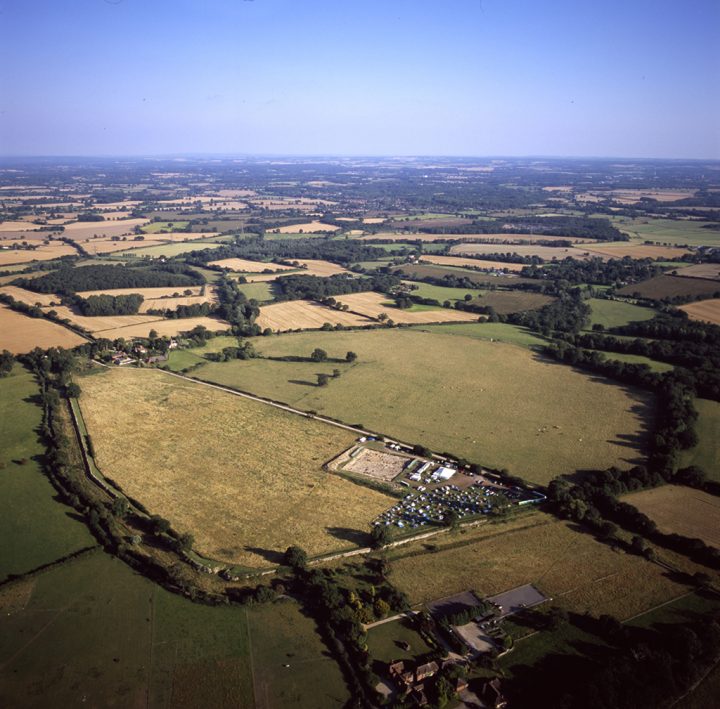Guide to Silchester
 The parish of Silchester in Hampshire, UK, is the location of a large Roman town – Calleva Atrebatum. The Roman town, which was founded in the first century AD (nearly 2000 years ago), was built on the site of an Iron Age town, Calleva. The Roman amphitheatre and town walls are some of the best preserved in Britain, and are open to the public. The town was abandoned some time after 400AD for reasons that are not fully understood. This makes it one of only six Roman towns in Britain that are not still populated. Underlying this we have also found a large Iron Age town (an oppidum). Our excavations there have provided new insights into Late Iron Age life, diet, resource use, crafts and construction.
The parish of Silchester in Hampshire, UK, is the location of a large Roman town – Calleva Atrebatum. The Roman town, which was founded in the first century AD (nearly 2000 years ago), was built on the site of an Iron Age town, Calleva. The Roman amphitheatre and town walls are some of the best preserved in Britain, and are open to the public. The town was abandoned some time after 400AD for reasons that are not fully understood. This makes it one of only six Roman towns in Britain that are not still populated. Underlying this we have also found a large Iron Age town (an oppidum). Our excavations there have provided new insights into Late Iron Age life, diet, resource use, crafts and construction.
Find out more about the history of the site.
Archaeology within the walls of Silchester
Between 1997 and 2014, the University of Reading’s Department of Archaeology, led by Professor Michael Fulford and Amanda Clarke, investigated one block or ‘insula’ of the Roman town, Insula IX. The aim was to provide details of town life from its origins in the late Iron Age to the time it was abandoned. Excavations in Insula IX, and more recent excavations in Insula III, are now complete. Excavations of one of the temples in Insula XXX in the east of the town will take place in August-September 2017, while excavations of the public baths in Insula XXXIIIA are programmed for the summer of 2018. Excavations are also ongoing in the wider landscape as part of the The Silchester Environs Project.
Find out more about the excavations:
- Watch videos of our activities
- Read about the discoveries
- Visit the site
- See the Guide to Silchester
- See our blog and Silchester Facebook for the latest updates
The discovery of the eagle
 Calleva Atrebatum was first excavated by Reverend James Joyce. In 1866 he discovered a bronze eagle, now known as ‘The Silchester Eagle’ in the forum basilica, which he believed to be the imperial standard of a Roman legion. While the eagle is now thought to have had a different purpose, the idea of it as a military standard surviving in the rubble inspired children’s author Rosemary Sutcliff, who based her novel ‘The Eagle of the Ninth’ on the story of Silchester’s most famous find. This story has now been interpreted as a film, ‘The Eagle’, released in March 2011. The eagle is now held in Reading Museum.
Calleva Atrebatum was first excavated by Reverend James Joyce. In 1866 he discovered a bronze eagle, now known as ‘The Silchester Eagle’ in the forum basilica, which he believed to be the imperial standard of a Roman legion. While the eagle is now thought to have had a different purpose, the idea of it as a military standard surviving in the rubble inspired children’s author Rosemary Sutcliff, who based her novel ‘The Eagle of the Ninth’ on the story of Silchester’s most famous find. This story has now been interpreted as a film, ‘The Eagle’, released in March 2011. The eagle is now held in Reading Museum.
Find out more about Silchester and The Eagle


